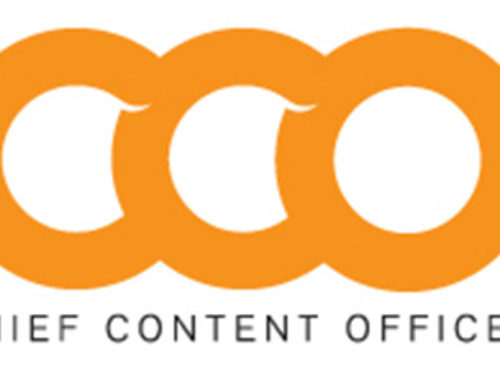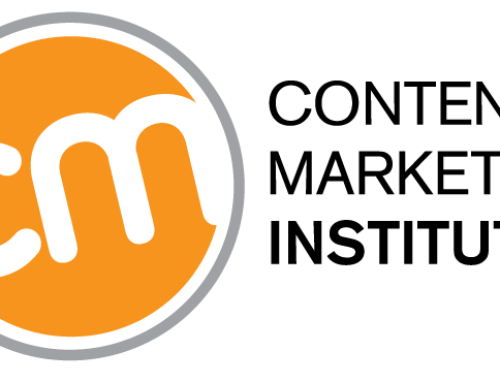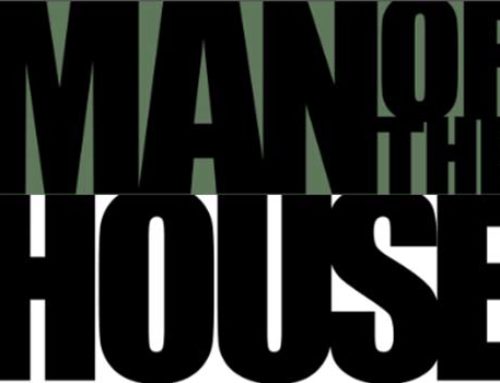Agency Models Are Shifting To Meet Demanding Client Needs

I recently visited the agency that I helped evolve from a 10-person, independent advertising shop to a digital marketing powerhouse fueled by 150 billable professionals and owned, in part, by a publicly traded holding company. My visit sparked some great memories of wonderfully talented people doing some inspired creative work. It also reminded me of the intense struggle between demanding clients who wanted more for less and the publicly held holding company that expected more and more billable hours each and every quarter.
Tim Williams, business consultant, recently wrote about the overworked and undervalued agency employees in a LinkedIn post titled, “Your Outworn Revenue Model is Wearing Out Your Talent“. He talks about the downside of agency employees billing 2,000 hours in a year which he notes hurts agencies, agency professionals and clients alike. He states that the best people are washing out of the industry.
I would disagree with the last point. The best people are not exiting marketing services. Many of the most talented and passionate are becoming independent contractors to regain their love for the creative process and solving business problems while they reclaim a healthy, balanced lifestyle.
Cincinnati is the home to nine fortune 500 companies including, P&G, Macy’s and Kroger. Many big-agency holding companies have set-up shops in the area to service these giants of business. These agencies in turn attract some very talented people who take root in this very livable Midwest city. These professionals get valuable training and experience and the opportunity to do some really meaningful and resume-building work.
The agency scene in Cincinnati is very strong and quite underrated; however, this does not immune Cincinnati agency professionals from the typical stresses associated with agency life. One major stress comes from the cyclical expansion and contraction of marketing budgets and how agency rosters expand and contract with them. Another is the revolving door to the offices of CMOs. According to MarketingCharts.com, companies change CMOs every 43 months. New CMOs come to their posts with different ideas and old alliances which tend to make waves at roster agencies. In-house agencies are all the rage these days too. According to a Forbes article, “As In-House Agencies Become The Norm, The Opportunities For Outside Agencies Evolve“, 64% of corporations have in-house agencies, up from 42% just 10 years ago. It’s no secret that right here in Cincinnati P&G has been bringing work in-house. And finally, there is the constant push for agencies to increase margin and profit by pushing staffers to work unsustainably, long hours or by replacing seasoned professionals with more affordable young talent. Eventually, some really seasoned and talented agency staffers get tired of being overworked and under-appreciated while being one client-decision away from losing their jobs. Consequently, many jump ship.
At Magnetic, we are building a virtual agency with the talented and experienced, independent contractors floating around. We decided on the virtual agency, which we call the “studio approach”, because it’s a win-win for agency professionals and clients.
Here are the advantages to the studio model.
- Virtual agencies can build more flexible teams of senior creatives, strategists, account managers, coders, SEO experts, media planners and buyers, etc. to meet the specialized and periodic needs of our clients.
- Traditional agencies often rely on the talent they have on staff, even if they lack the sufficient experience needed.
- Virtual agencies tap into experienced, self-managed talent who do not need layers of oversight.
- Clients of virtual agencies do not pay inflated billable hours for layers of management.
- Virtual agencies can expand and contract the team of specialists as needed to control costs.
- Virtual agencies match independent contractors with work that aligns with their talents, and more importantly motivates them.
- This leads to truly inspired work.
- For in-house agencies, virtual agencies can provide fresh strategic and creative ideas, an outside perspective, insights into emerging trends and technologies and bench-strength on an as-needed basis.
In this truly connected world, independent talent with years of experience and impressive resumes can be easily gathered in a coffee shop, a shared office space or a web-meeting to solve complex business problems and develop creative that resonates. The roster of a virtual agency may be comprised of independent contractors, but these experienced professionals know how to collaborate and follow disciplined processes to deliver results that maximize marketing dollars. In other words, virtual agencies can give clients more of what they want for less.




